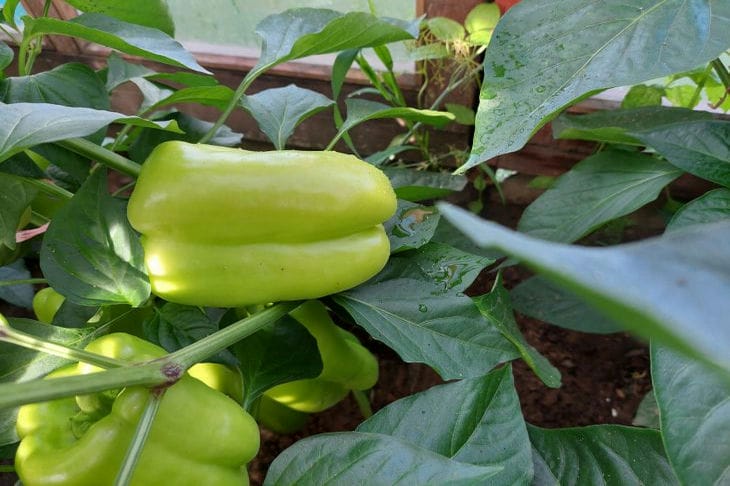- The Importance of Proper Neighborhoods
- The influence of phytoncides on the growth of peppers
- Tomatoes and Peppers: Why They Are Not the Best Neighbors
- Potatoes and their negative impact
- Beans and Peas: Potential Risks
- Cabbage and pepper: incompatibility in the garden
- Pepper and aromatic herbs
- Useful tips for organizing garden beds
What not to plant next to peppers: tips and recommendations for a successful harvest
Every gardener strives to get a rich harvest of peppers, but not everyone knows that the correct proximity of plants plays an important role in this process.
Mistakes in choosing companions for peppers can lead to reduced yields and even diseases.
It is important to understand which plants can negatively affect the growth and development of peppers in order to avoid disappointment and losses.
The Importance of Proper Neighborhoods
Gardeners often think about how best to organize beds so that plants do not interfere with each other, but on the contrary, help each other.
Pepper, like any other plant, has its own preferences in neighbors.

Incorrect crop combinations can not only slow growth but also cause disease.
For example, many gardeners face problems with pests that are attracted to certain plants and then attack peppers.
The influence of phytoncides on the growth of peppers
Phytoncides released by plants can have both positive and negative effects on neighbors.
For example, fennel and dill release substances that can inhibit pepper growth. It is important to consider this factor when planning plantings.
Studies have shown that phytoncides from some plants can change the composition of the soil and microclimate, creating unfavorable conditions for peppers.
Tomatoes and Peppers: Why They Are Not the Best Neighbors
Although tomatoes and peppers belong to the same nightshade family, planting them close together can be a bad choice.
Both plants are susceptible to the same diseases and pests, such as late blight and the Colorado potato beetle.
When grown together, the risk of disease transmission increases. Tomatoes also actively absorb nutrients from the soil, which can lead to nutritional deficiencies in peppers.
Potatoes and their negative impact
Potatoes are another member of the nightshade family that are not ideal neighbors for peppers.
It attracts the same diseases and pests as pepper, especially dangerous is late blight.
The root system of potatoes can greatly deplete the soil, which has a negative effect on peppers. When growing these crops nearby, you should be especially attentive to the condition of the plants and soil.
Beans and Peas: Potential Risks
Legumes such as beans and peas have the ability to fix nitrogen in the soil, which has an overall positive effect on fertility.
However, they can be carriers of fungal diseases that are dangerous for peppers.
In addition, the extensive root system of legumes can compete with peppers for space and nutrients.
Cabbage and pepper: incompatibility in the garden
Cabbage and other cruciferous vegetables can release substances that inhibit the growth of peppers. Cabbage also attracts pests such as aphids and cabbage moths, which can spread to peppers.
Combining these plants in the same bed can result in reduced yields and poor plant health.
Pepper and aromatic herbs
Fragrant herbs such as mint and rosemary can release substances that inhibit pepper growth. While some herbs, such as basil, may repel pests, not all are good for peppers.
It is important to carefully select companion herbs to avoid negative effects on the pepper.
Useful tips for organizing garden beds
Experienced gardeners recommend alternating peppers with plants that improve the condition of the soil and repel pests.
For example, carrots and onions can be good neighbors for peppers. It is also important to consider the principles of crop rotation and not to plant peppers in the same place for several years in a row.
Earlier we wrote about how to feed an apple tree in May so that the branches are bursting with fruit.
